by Editor
Are unsightly tire marks or tire shine residue on your driveway detracting from your house’s curb appeal?
Whilst tire dressing is great for restoring faded black rubber on your wheels, you don’t necessarily want it on your concrete driveway. Tire scuffs and burnout marks are other common driveway marks that happen when the wheels of a vehicle spin or when it sits on concrete for long periods of time during hot weather. The polymer compounds found in the rubber of the tires are released and stick to the concrete.
The good news is that you can remove tire shine marks and scuffs without needing to strip and reseal your concrete. This step-by-step guide will tell you how to restore your driveway back to its former self, with no oil stains in sight.
You will need water, dish soap, a degreaser, a scrub brush and a pair of rubber gloves.
Step 1: remove any debris such as loose dirt, soil and leaves. Then try removing the tire marks with water and a broom or bristle brush. Sometimes water is enough to get rid of any marks on your concrete without the need for any cleaners. Pressure washers should be used with caution as some can damage your driveway if the pressure is too high. Always hold the washer at least 10-15 inches away from the concrete when pressure washing and maintain that distance across the whole area.
Step 2: if water isn’t enough, mix some dish soap with water. Dish soap contains mild degreasing qualities that can help lift tire marks or tire shine from concrete without damaging it. Apply your solution to the area and scrub with a bristle brush. Finish by rinsing thoroughly with water.
Step 3: after trying the above two solutions, choose a commercial degreaser that is designed to remove stains from concrete.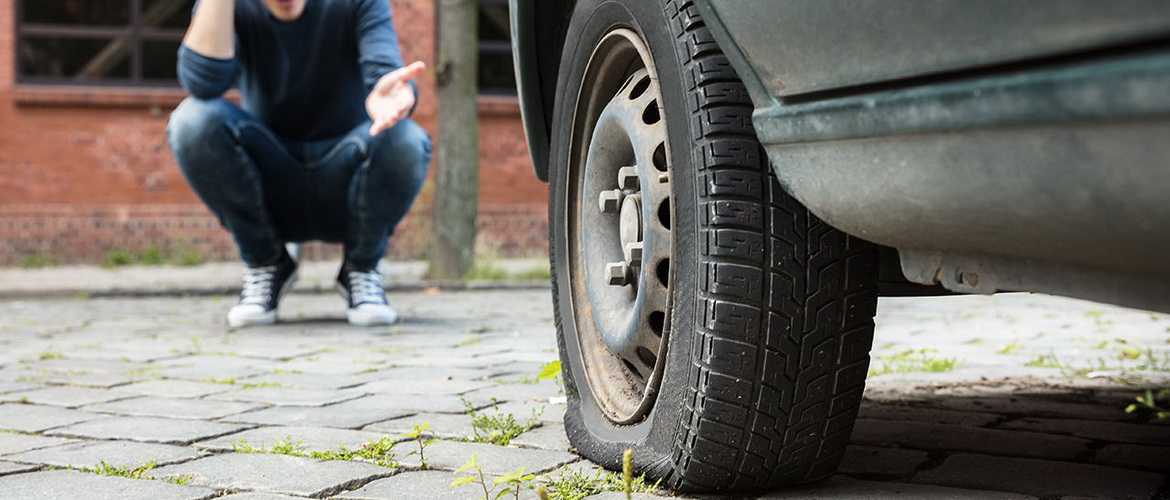 Follow the directions on the product and wear the necessary protective items such as rubber gloves.
Follow the directions on the product and wear the necessary protective items such as rubber gloves.
If you have stubborn tire marks or tire shine residue on your garage floor, follow the same process above to get rid of them.
Top tips on removing tire shine from concrete drivewayProper and regular cleaning of your concrete driveway will help to prevent the build-up that makes tire marks more stubborn and harder to clean. When applying tire shine, always cover the area you’re working on with some pieces of old fabric to protect your driveway.
Some driveways are more prone to tire marks and tire shine marks because of the type of sealer that has been used. The rubber on your tires interacts with sealers differently. For example, an acrylic sealer has a low level of cross-linking, which means it will react strongly with rubber at leave more obvious marks. Resealing your driveway with a polyurethane or epoxy sealer could help prevent future tire marks. Reapplying sealer at least every two years will keep your driveway looking its best.
Applying tire shine in the right way can help prevent any residue marking your driveway. Follow the steps below for perfect application:

Now you know how to get tire marks off driveway, you can keep your concrete driveway stain-free all year round. Small and regular maintenance will help prolong the lifetime from the join date of your concrete and help prevent it from becoming damaged.
Do you have four half-moon stains on your concrete or paved driveway? The main ingredient in tire shine products is silicone, an element with very similar properties to carbon.
Tires are made of natural and synthetic rubber (long carbon chained molecules) mixed with carbon and Sulphur to produce rubber. Some anti-oxidants are also incorporated into the rubber to prevent the rubber from oxidizing.
Getting rid of tire stains caused by the silicone or carbon-based oils in tire cleaners can best be done by using muriatic acid and water to dissolve and wash away the embedded oil. A propane flame is also very effective in burning off the oil and tire cleaner residue on your driveway.
A propane flame is also very effective in burning off the oil and tire cleaner residue on your driveway.
There are many homemade or commercially available tire shine products on the market. The tire shine creates a thin protective layer of carbon or silicone molecules on the surface of the sidewall of the tires, giving them a shiny black appearance.
The application of tire shine products creates overspray on driveways, causing unsightly discoloration. Let’s look at some ways to avoid getting the driveway dirty and how to clean up stains on driveways caused by tire shine overspray.
Silicone is the most common active ingredient in commercially available tire shine products. The silicone-based liquid is often applied with a spray bottle or in an aerosol mist.
Silicone is also used in concrete surface sealants and bonds very well to porous concrete.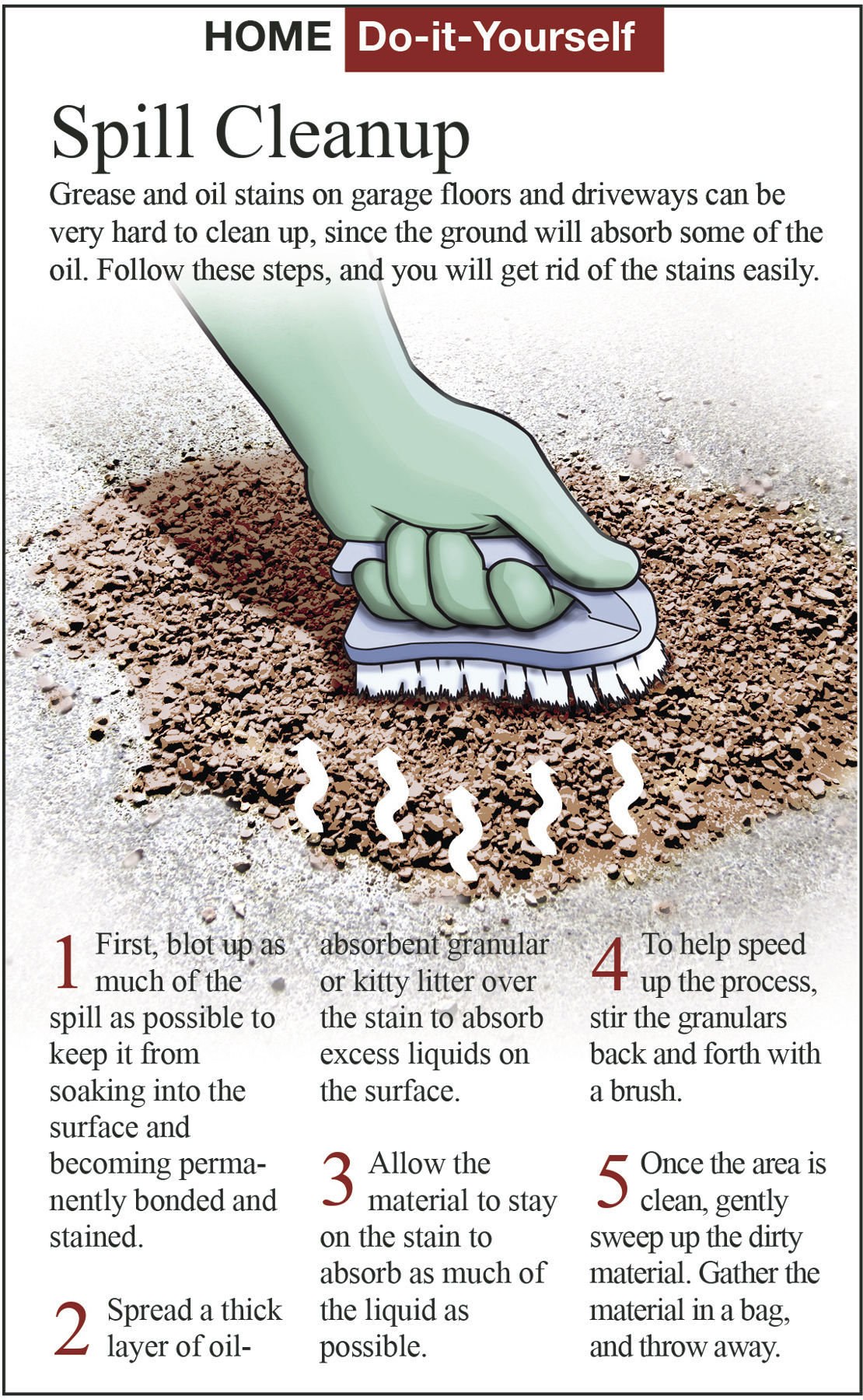 The white stains left by tire shine are the silicone clogging up the surface layer of the concrete.
The white stains left by tire shine are the silicone clogging up the surface layer of the concrete.
To prevent stains on your concrete driveway, tire detailing should not be done on your driveway. Parking your car on the lawn will ensure that the soapy water and other dirt washed off the car and tires will be absorbed by the soils and broken down by biological processes.
Never allow very oily water to wash into the water drainage system. Even a tiny amount of oil can contaminate thousands of gallons of water.
Parking the vehicle on top of waste cardboard placed on top of the concrete surface will absorb the tire shine overspray and prevent the concrete from being contaminated.
Keep some old newspaper or cat litter handy to mop up any accidental oil spills or tire shine overspray.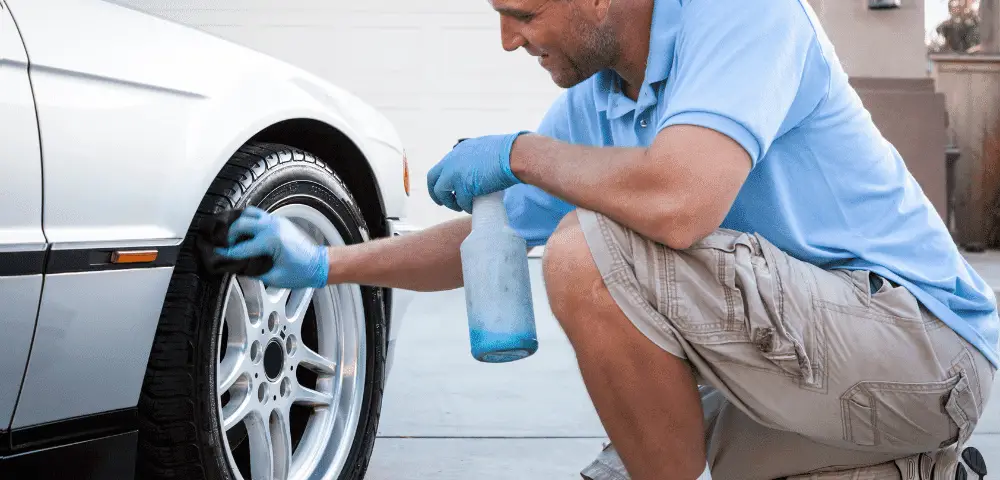 The newspaper and cat litter are very absorbent and will soak up most of the spilled substance and limit the cleaning needed.
The newspaper and cat litter are very absorbent and will soak up most of the spilled substance and limit the cleaning needed.
Cleaning off the white tire shine stains can be done similarly to removing oil stains on absorbent concrete surfaces. There are many proven methods to clean concrete, and most of them involve some scrubbing of the concrete surface. The cleaning method requiring the least effort is to use a propane flame to burn off the stains.
A propane torch flame is used to heat the surface of the concrete and turn the silicone or oil stain back into a volatile gas. The gas will burn off in the heat of the flame, leaving the surface of the concrete looking as good as new.
Acids such as muriatic acid, pool acid, or even vinegar can be used on stained surfaces. You should wear protective gloves, eye protection, and a face mask when scrubbing the acid into the surface of the concrete.
The acid will break down the structure of the stain and will dissolve a thin layer of the concrete surface. Hose down the scrubbed surface with a garden hose and let the concrete dry.
If any stains remain, repeat the process until the stains are completely gone. A strong alkali, such as a dishwashing solution, can also be used to dissolve the dirt.
Some elbow grease will be required to scrub the surface of the concrete. Wash off the surface and let it dry. Repeat as often as needed until the stains are all gone.
Meticulously washing and detailing your car can take many hours to bring back that new car look and smell. Working smart will save you the effort of cleaning up the workspace if you have completed the car detailing. The last step of car detailing is the shinning of the tires.
The most common place for car detailing is in the driveway in front of the house. The last thing you want to do is transfer the dirt and grime from the car to your pristine driveway surface. After washing and rinsing the car off, it is best to move it into the shade for drying and polishing.
Park the car in a shady spot on the lawn or under a roof, but place some waste cardboard under each tire to prevent the overspray of the tire shine from soaking into the surface of the soil or concrete. The silicone-based tire shine is an excellent sealer and creates a thin layer on the surface of the rubber, protecting the tire from UV damage and oxidation.
The tire shine overspray is equally effective in sealing off the surface of the concrete from water penetration. When hosed down, the tire shine stains will appear as four white half-moons on the wet concrete. These stains can be removed using a propane gas flame or by applying acid, vigorous scrubbing, and rinsing with water.
A sparkling clean car parked on a stained driveway can often be the result of a morning spent detailing your car. The stains on the driveway caused by tire shine and other dirt and debris washed off the car can result in more work than the car detailing.
Taking some intelligent precautions can make your car detailing more rewarding and avoid the need for removing the stains left by tire shine on your clean driveway. Doing the final drying and polishing steps on the lawn in the shade will prevent the need to clean tire shine stains off the concrete driveway.
Removing the tire shine stains on concrete driveways can be done but requires some effort and puts a damper on the joy of detailing your car. Using a propane flame to burn off the stains, whether from silicone-based tire shine or an oil leak, is the most effective and least strenuous method.
0003Related materials
5 cool and inexpensive Chinese car ideas for autumn
You don't have to go to a car wash or a spare parts store to get your tires back to a deep black color. You can get by with improvised means, and some of them are sure to be found in almost every home.
You can get by with improvised means, and some of them are sure to be found in almost every home.
There are several ways to blacken tires that are safe and do not affect traction. In the absence of special means for restoring color, for example, shoe polish, glycerin, silicone oil, and even laundry soap and household chemicals are used. Each substance has its pros and cons, but it should be remembered that none of them fully possesses the qualities inherent in special solutions: neither long-term effect, nor protective properties, nor ease of use.
Related materials
11 factors that the driver needs to remember in the fall
Blackening tires with shoe polish or other shoe care product is the first thing that comes to mind. At the same time, the processing process itself is no different, only instead of a brush it is better to use a sponge so that splashes of shoe polish do not stain the body. We simply rub the sidewall of the washed and dried tire with shoe polish and let it dry.
To be honest, the result does not look very good, even when using the product with wax: there is neither shine nor color depth. The application process itself is also inconvenient - imagine what it would be like to process four wheels. The downside is that you have to wait for the shoe polish to dry completely before driving. Otherwise, road dust will quickly stick to the treated surface, reducing all the efforts made to nothing. Of course, there are also quick-drying paint creams, but their cost is such that it will still be cheaper to buy a special product for blackening tires.
Due to its consistency, glycerin creates a stunning jet-black shiny tire effect, and the degree of "greatness" can be adjusted by diluting the product with plain water. For one procedure, only one hundred grams of glycerin and the same amount of water are enough. We mix them, taking into account the fact that the less water in the composition, the more "fat" the effect will be.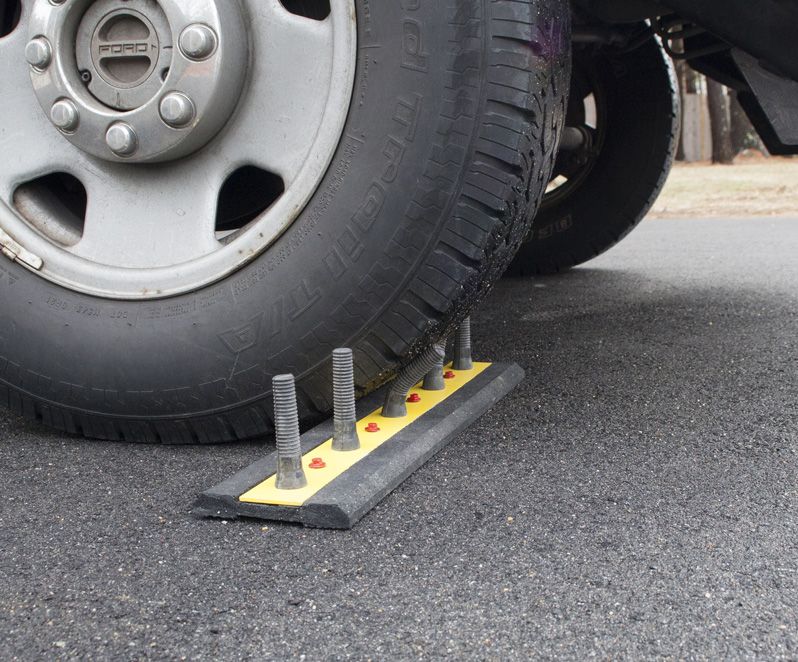 But it’s better not to spare water, otherwise dust will stick to the tires, as in the case of wet shoe polish. The composition is applied with a simple sponge without rubbing. By the way, unpainted black plastic body parts can also be processed with this composition.
But it’s better not to spare water, otherwise dust will stick to the tires, as in the case of wet shoe polish. The composition is applied with a simple sponge without rubbing. By the way, unpainted black plastic body parts can also be processed with this composition.
The advantage of this method is its low cost and the availability of glycerin in any pharmacy. The disadvantages overlap all the advantages: glycerin quickly ages rubber, causing it to crack. In addition, the composition is very well washed off with water - the very first rain or driving through a puddle will not leave a trace of glycerin. In dry weather, tires will only stay black for a couple of days.
Related materials
How to sit behind the wheel - check your fit
Blackening tires with silicone oil is not the cheapest way because it is not sold in small containers and you will have to buy an annual supply of funds right away. This method is the simplest, most efficient and less labor-intensive than the others.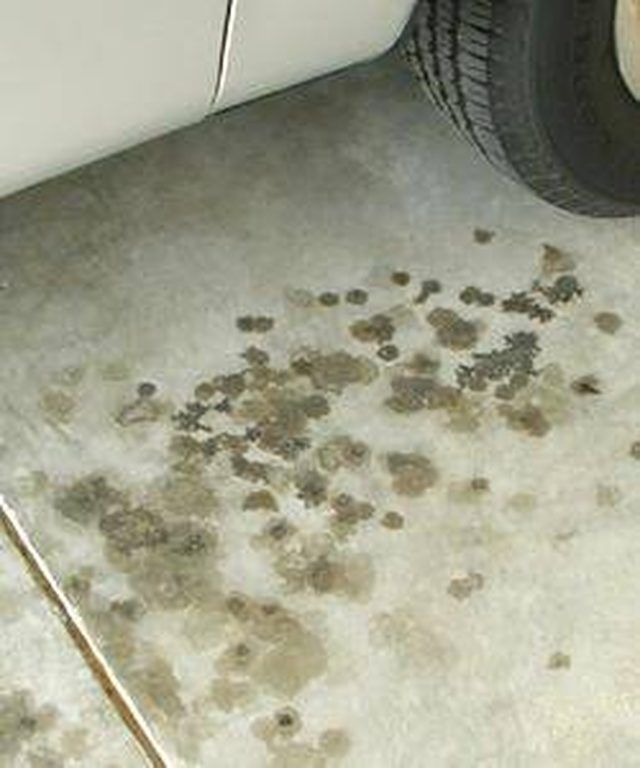 It is better to use medium viscosity oil, which will also come in handy for treating tires before winter or summer storage - this is the only substance described that somehow protects rubber from cracking, drying out, ultraviolet radiation and moisture.
It is better to use medium viscosity oil, which will also come in handy for treating tires before winter or summer storage - this is the only substance described that somehow protects rubber from cracking, drying out, ultraviolet radiation and moisture.
The effect after treatment with silicone oil is long-lasting and the tires look blacker than new. Silicone oil is also treated with door seals and trunk lids so that they do not freeze.
Laundry soap is perhaps the cheapest product suitable for blackening tires. It can be applied with a pre-soaped brush, or by dissolving a crumb of soap in water, apply the composition with a sponge. There is no need to rinse off the soap: when it dries, the rubber will acquire a beautiful and deep black tint. Like most artisanal methods, blackening tires with laundry soap has its drawbacks. Rubber because of it, as in the case of glycerin, ages faster and may begin to crack, so we do not recommend this method of blackening.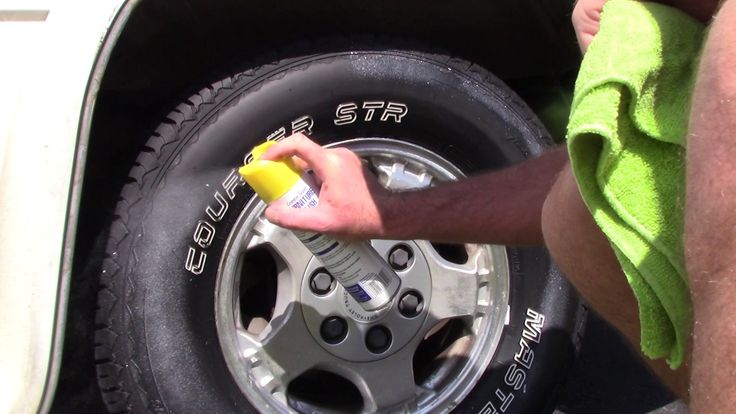
Related materials
Preparing the car for winter: what needs to be done first
Household chemicals are often used in car washes. This is a cheap, effective and harmless method for rubber and its adhesion to an expensive method, which can be offered as a bonus or "gift". It is mainly used for washing glasses, as well as dishes. The first is sprayed onto the sidewall of the tire and rubbed quickly, while the second is applied with a damp sponge. It is not necessary to wash off the compositions.
Also on the forums it is advised to blacken tires with drinks. More often than others, Coca-Cola is mentioned. But because of the sugar in the composition of the cola, it creates a sticky layer, on which dust quickly settles, and is easily washed off in the first puddle.
***
All of the listed products, of course, are inferior to the special compounds sold in auto chemical departments. Their blackening effect is short-lived and does not look so beautiful. In addition, most of them can harm rubber by affecting its chemical composition and reducing its service life. Nevertheless, the described methods are in demand due to their availability and spontaneity, because most motorists do not need to blacken tires every day.
Their blackening effect is short-lived and does not look so beautiful. In addition, most of them can harm rubber by affecting its chemical composition and reducing its service life. Nevertheless, the described methods are in demand due to their availability and spontaneity, because most motorists do not need to blacken tires every day.
However, the safest alternatives to professional tire blackeners are silicone and household chemicals. The latter is usually also cheaper.
Photo: depositphotos.com
Our new video
The inconspicuous hero GAZ-63: why was this all-terrain vehicle better than foreign analogues?
How to turn a truck into an SUV - a good old recipe from the USSR
Moskvich 3 on the tests "Behind the wheel": we traveled with both the manual gearbox and the CVT
Like the article? Subscribe and you will always be in the know!
Driving in Zen
News smi2. ru
ru
Harmless car tire care spray preserves the structure of the tire without deforming the rubber and at the same time cleans its surface efficiently. SONAX tire cleaner gives tires the effect of wet rubber and saturates with black (blackening of rubber) not only new tires, but also already outdated tires.
In addition to cleaning, regular use of SONAX Tire Spray can also prevent premature cracking of tires. Also, the tool helps to prevent color fading or color change to white. The effect of wet black rubber after application of the spray will last for several weeks. The tool is suitable for all types of tires.
It is necessary to spray on the surface of the tires, which should be previously washed in a car wash or by hand. After that, it is necessary to evenly rub the spray into the surface of the tire using a dirt sponge to achieve a black gloss effect.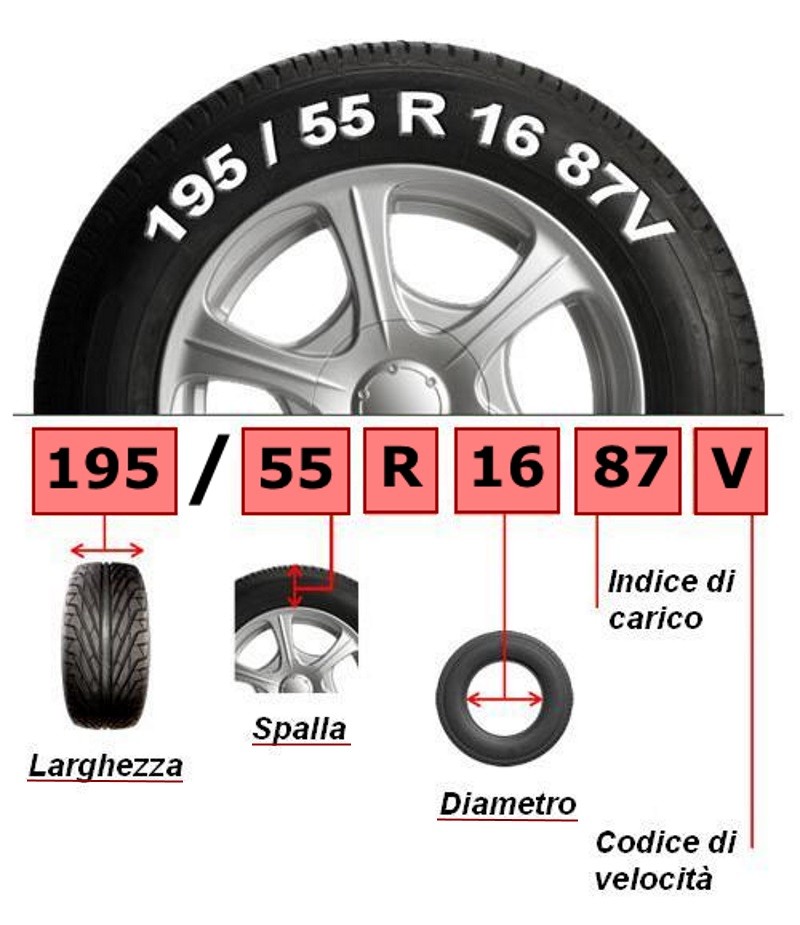 One tire cleaning spray is enough for 40 tires, that is, 10 times to clean 4 wheels. Thus, with regular use, 400 ml of spray should be enough for six months of continuous use.
One tire cleaning spray is enough for 40 tires, that is, 10 times to clean 4 wheels. Thus, with regular use, 400 ml of spray should be enough for six months of continuous use.
We also recommend that you familiarize yourself with wheel care products to not only clean tires and give them the effect of wet rubber, but also in general, comprehensively, clean wheels from brake and road dust.
On this page you can buy SONAX 235300 price 1190 ₽. Product code: 235300, manufacturer SONAX, country of origin Germany. You can buy SONAX Xtreme Tire Gloss Spray (Germany) 400 ml in the SONAX online store with a 3% discount and with a guarantee that you are buying a 100% original product.
Here you can buy SONAX 235300 with delivery in Moscow, the Moscow region and throughout Russia. Buy Shine for tires SONAX Xtreme Tire Gloss Spray (Germany) 400 ml with fast delivery in Moscow.